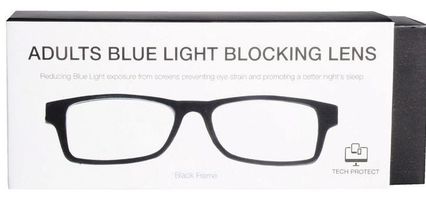Sensory Issues : sound and light
I'm often asked for tips for coping with sensory issues. Here are two of the most common and maybe they'll help you;
- Earplugs vs headphones. It seems everyone's wearing headphones these days. You're not really part of the sensory issues club unless you're wearing some cool black headphones!
Wrong. Noise Cancelling headphones don't actually cancel noise. They use white-noise (like a shushing sound) or a single frequency sound, to block out ambient sound while you're listening to your own music. These headphones cost anywhere between $50 - $500+ depending on your brand ego. If listening to music isn't your idea of extra sensory torture, these are a good investment. Some people have misophonia - distress at other people's particular sounds. This isn't quite the same as sensory sensitivity, so noise cancelling headphones would work fine.
If you have sensory issues, you need to block out all sound because sound actually hurts and disrupts your brain from working at its best. The worst culprits are often the higher frequency sounds. At $400 cheaper than headphones, and better in this case, are foam earplugs. I prefer 3M EAR earplugs which you can get from chemists. These are really soft and fit to individual canal size, moulding nicely inside. They can be trimmed for smaller ear canals. The pre-shaped orange or spirally rubber ones, are often made for men's ear sizes and can't be trimmed. But for around $1 each, try all sorts until you find your favourite.
There are some new generation earplugs on the market made from metal and have a 'noise cancelling' foam tip. Beware! These are not designed to be worn frequently and the foam tip is expensive to replace. The tip will degrade quickly, and can even come off and get stuck in the ear canal. It happened to me.
Replace all foam earplugs often, dirty earplugs can cause infection.
- Sunnies. It's all too bright and you need to wear sunnies, but you're indoors? Join the club.
Public indoor lighting is too bright for me. I used to wear sunnies inside public places all the time, but then I learnt about disability access rights. Here are some tips to manage bright indoor spaces;
- put your sunnies on with neurodiverse pride.
- if there's natural light, ask for the indoor lights to be switched off. Explain the reason if you're able.
- wear a brimmed hat or cap to block the light globe.
- turn your computer screen contrast and brightness settings down.
- remove or cover anything that's reflecting light into your sight (glass picture frames, shiny surfaces). You'll be surprised how many secondary light globes there are in reflections once you start looking!
- if the table is shiny white, cover it with books and bags.
- drink lots of water to reduce dehydration.
- take breaks.
- buy some 'blue light' glasses if you're at a computer screen or looking at a phone screen for a while.
Night time driving is a challenge for me due to the new types of extremely bright brake lights. They hurt my eyes and create 'imprints' so when I look away, all I see are red brake lights. As a passenger, I can look away or wear sunnies (moonies?!) but it's not easy when I'm the driver. In desperation, I've invented the 'Back at ya' device. It's a piece of shiny carboard that I keep next to me when I'm driving in town at night. When I pull up behind offensively bright LED brake lights, I hold up the card in front of my eyes, and the shiny surface reflects any neuclear powered brake lights back at the driver who's providing them. It's a smug feeling when I see the interior of the car in front light up like a big red balloon. Please don't email me if the police pull you over.
If you're in Australia, Officeworks currently have blue light glasses for $20 (2018)







